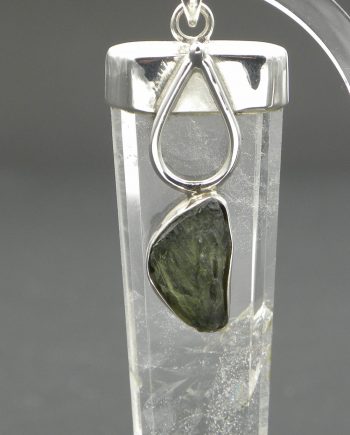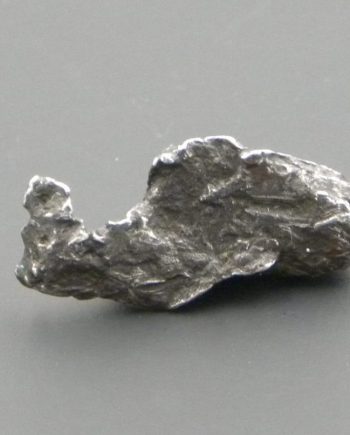Description
Meteorite NWA869 Chondrite 1.6cm
This fragment of the Meteorite NWA869 is from from the Sahara Desert, Algeria. It is from an area near Tindouf, near the Algerian border, to the south of Agadir. Although small it is a good example, and incredible to think that it is 4.5 billion years old and from outer space.
There are three principle types of meteorite, these are; the Chondrites, the Achondrites, and the Iron meteorites.
Chondrite Meteorites get their name from chondrules, these are the small round particles of silicate material inside. They do contain iron but a smaller quantity compared to other meteorites. These are some of the oldest known rocks in the solar system, formed within the solar nebular 4.5 billion years ago. When new meteorites are located they are given a name, to identity them. This one is part of Meteorite ‘NWA869’ with a weight of between 2 and 4 tons. It broke up as it entered the earths atmosphere and then scattered over a wide area. Although this was at some time during the last 10,000 years, it was only discovered in the past 20 years by Berber tribesmen.
Achondrites differ from chondrite meteorites because they don’t contain chondrules. These meteorites are igneous, so at some time they have melted into magma. These are also ancient rocks originating from various asteroids. A small number however appear to have come from the Moon and also from the planet Mars.
Iron Meteorites represent only 5% of all meteorites. These consist of iron-nickel alloys, including Kamacite and taenite. Rarer still are the stony-iron meteorites, these consist of iron-nickel metal and silicate minerals. These however make up only 1% of all meteorites found.
Back To Meteorites









